
ALTHOUGH no longer a contender for the most numerous species, the house sparrow (Passer domesticus) is still the most well known and widely distributed bird, occupying two thirds of the globe, mainly in areas it has colonised itself.
A variety of unrelated birds are known as sparrows but true sparrows (Passeridae), apart from being sombre plumaged, share many similarities with weavers. The house sparrow builds a domed nest with a side entrance, has a horny palate and undergoes a complete juvenile moult at two or three months, which in finches is only partial.
In personality they’re extrovert and vocal, just like weavers. Originating in Asia, the house sparrow spread westwards into Europe as part of the population evolved into the Spanish sparrow (P. hispaniolensis) with which it now hybridises. The Italian sparrow may be a hybrid of the two or a full species (P. italiae), while the tree sparrow is a distant relative of all three.
As agriculture and urbanisation increased, so did the house sparrow. During the 1800s it was introduced into a number of countries as an insect pest controller, or a reminder to European colonists of their homeland. Many people of my generation were introduced to bird behaviour by the activities of their local colony of house sparrows.
The word “sparrow” comes from the Anglo Saxon spearwa and was given to a homely or chirpy person. The bird’s vocabulary is finch-like, the most familiar call being chirrup.
この記事は Cage & Aviary Birds の November 20, 2019 版に掲載されています。
7 日間の Magzter GOLD 無料トライアルを開始して、何千もの厳選されたプレミアム ストーリー、9,000 以上の雑誌や新聞にアクセスしてください。
すでに購読者です ? サインイン
この記事は Cage & Aviary Birds の November 20, 2019 版に掲載されています。
7 日間の Magzter GOLD 無料トライアルを開始して、何千もの厳選されたプレミアム ストーリー、9,000 以上の雑誌や新聞にアクセスしてください。
すでに購読者です? サインイン
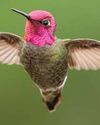
The World's Best-Known Hummingbird?
Intensively studied, the gem-like Anna’s hummingbird is a welcome visitor to the gardens of America’s most populous state: California. Bill Naylor investigates its life history
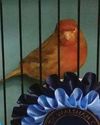
The charm of the English Cinnamon
Despite its long and complicated history, the true Cinnamon canary is still with us – in the hands of a tiny group of breeders. DONALD SKINNER-REID reckons it deserves wider appreciation
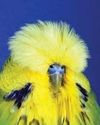
Spangles: a personal overview
FRED WRIGHT relates a budgie story of over-exploitation, consequent problems and abundant potential for the future

New converts to old breeds
Old and rare canaries have a reputation for adding fresh interest and challenge to the hobby. PETE HOOK and NICK JOY agree, and explain the birds’ charm to Dave Brown

Themed aviaries are a hit with the public at annual Stafford show
DECORATIVE AVIARY DISPLAYS from a CBS and an online bird keeping advice group were voted in the top three by visitors for the inaugural Stafford Aviary Competition.
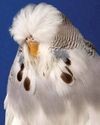
Pieds with potential
More than just a lesser variety, the dominant pied will introduce challenge and change into most studs, reckons CLIVE WAKEMAN. Here he discusses pairings to try and others to avoid

Club News
Welcome to the club and show pages – the bit that’s all about you Results: convention, specialist & rare and Breeder of the Year

Canaries Month by Month:
With Christmas around the corner, BRIAN KEENAN is well into his winter programme, and reckons he might deserve a nice outcross
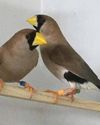
Smart Choice, Docile Nature
Dave Brown welcomes the masked grassfinch to his birdroom and shares advice on this lovely Australian species
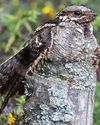
The truth about the ‘flying toad'
Odd local names and weird superstitions can’t hide the beauty and elegance of the nightjar, a species that has made a fascinating subject in a few zoo collections, reveals BILL NAYLOR